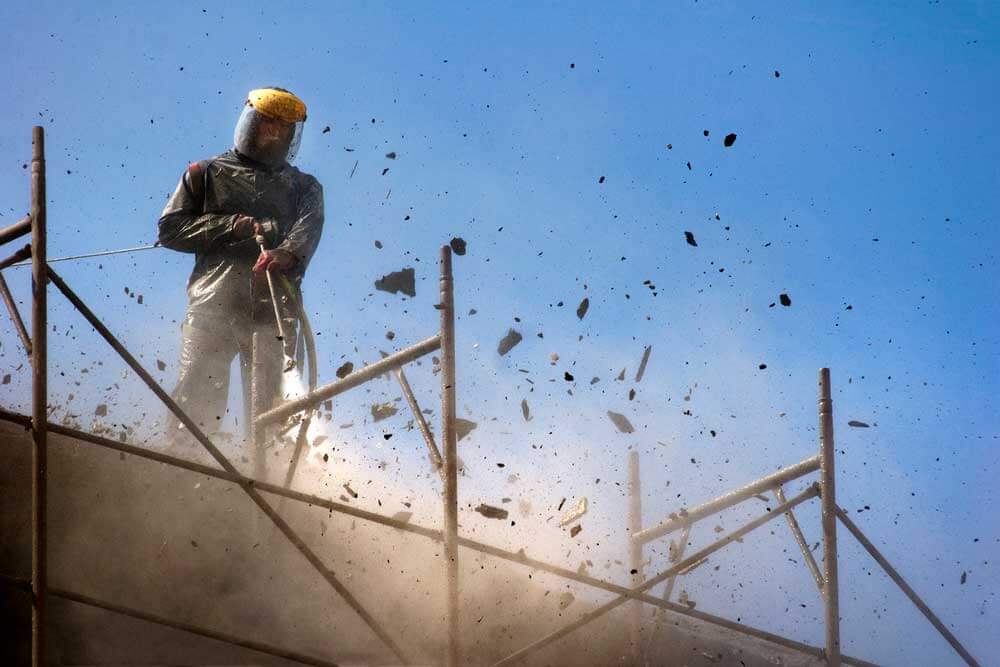Blog
Common Pressure Washer Problems: Why They Happen And How To Fix And Prevent Them

Whether you rely on a portable pressure washer to keep your Edmonton fleet clean, or a custom designed pressure washer for your restaurant in Calgary, this cleaning tool can keep your equipment looking and working it’s best. But just like any other piece of machinery you use, pressure washers can occasionally malfunction.
How to troubleshoot pressure washer problems
Some of the most common pressure washer problems include:
- Leaking. Check your hose lines for holes and cuts, replace your “O” rings, tighten up all the connections, clean the intake filter
- Not Starting Electric Powered. GFCI tripped, no voltage to the machine, breaker tripped, pump motor reset button (thermal overload protector) tripped, excessive pressure due to clogged water nozzle.
- Not Starting Gass Engine. No fuel and or oil, low battery, poor battery cable connection, check spark plugs, change air filter.
- Pulsating. Check for an accumulation of dirt and debris in your inlet and/or discharge valves. Rinse after every third or fourth use as part of your preventive maintenance routine. Ensure water source supplies the minimum flow rate required for your specific pump.
- Engine Running rough. Check fuel and air filter for debris. Ensure engine is running at full throttle and the choke is correctly positioned. There could also be a mechanical problem, in which case you’ll need to have the unit checked out by a professional.
Why is my pressure washer losing pressure?
There are a number of different reasons you might be losing pressure, below are the most common:
- Incorrectly sized nozzle. Wide spray nozzles are great for general applications and cleaning, but they’re not cut out for tough jobs like blasting away caked on mud, dirt or grease.
- Nozzle has worn out. Replace nozzles regularly for best performance.
- Contaminated fuel If you’re using a gas-powered pressure washer, your fuel tank should be cleaned once a year to prevent contaminants from blocking the fuel lines.
- Insufficient inlet water volume. There could be debris caught in the inlet filter screen, or you could have vacuum leaks in the supply plumbing, lines or fittings.
- Unit not at full power.
What causes a pressure washer to pulsate?
The most likely culprit is a buildup of dirt in the inlet and/or discharge valve. Regular maintenance inspections help protect your equipment. If yours are clean, then it’s possible the issue is a stuck plunger (this can occur for a variety of reasons and tends to happen in tandem with the problem of low pressure).
What happens if you run a pressure washer without water?
It depends on the type of pressure washer you have. But generally speaking, if you run your pressure washer without water, you risk damaging the seals, gaskets, pump and many of the other system components.
Get an expert opinion
For more information about pressure washers, visit Hotsy Water Blast today. Hotsy Water Blast is your trusted source for pressure washer sales, parts, and service in ten convenient locations across Western Canada from Regina to Vancouver. Contact us today to learn more about our products and services or to request a free quote.
